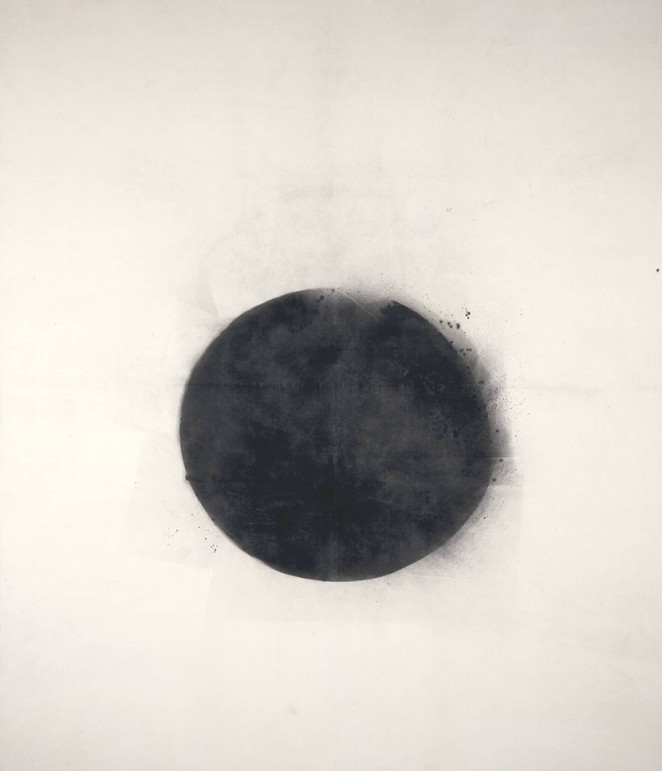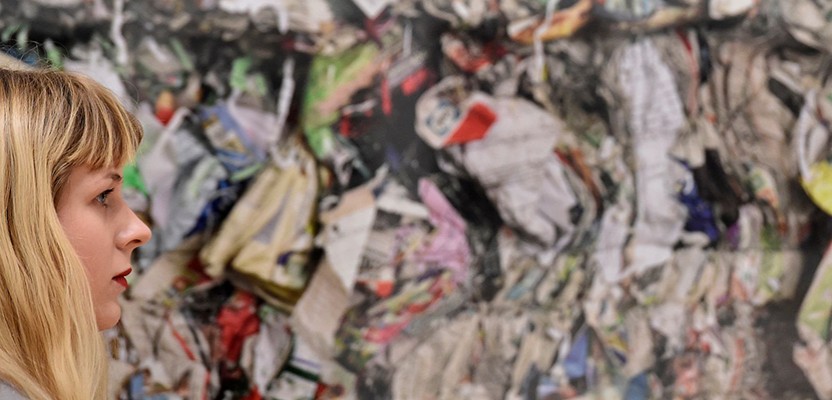Visitors to the Tate Britain are in for a truly sensory experience this year with the upcoming Tate Sensorium exhibition, which is due to run from the 26th of August until the 20th of September this year. The pioneering new exhibition was the winning project of the second annual IK Prize, which was set up by the gallery to find new ways of using technology to widen the reach and appeal of British art. The idea behind the project is to inspire visitors to experience four seminal works by 20th century British artists in a completely “Immersive” way by using all their senses. So visitors will not only be able to experience works by Francis Bacon, David Bomber, John Latham and Richard Hamilton, but will be able to smell, hear, and even taste these classic pieces of art.

Visitors to the Tate Britain are in for a truly sensory experience this year with the upcoming Tate Sensorium exhibition
Tony Guillan, multimedia producer for Tate Media who oversees the prize, said it is based on the concept that “Our senses work together, they are not in a vacuum.” He added that “While painters obviously work in a visual medium, maybe they were inspired by non-visual things,” so this project is in essence a way of providing the visitors with a rough approximation of the smells, sounds and flavours that might have contributed to these four works.

Picked from a shortlist of four, the winning entry was thought up by creative studio Flying Object, which has been developing the project for six months. The studio has worked alongside chocolate maker Paul Young, scent expert Odette Toilette, audio expert Nick Ryan and theatre maker Annette Mees to create the show. The Sussex Computer Human Interaction Lab is also involved, as is the company Ultrahaptics, which creates the “touch” element. Flying Object said of the exhibition: “Our goal is to create an experience that provokes, rather than presents, interpretation of the art; we want visitors to enjoy the experience but more importantly to connect with the art in personal, memorable ways.”

The idea behind the project is to inspire visitors to experience four seminal works by 20th century British artists in a completely “Immersive” way
Visitors will be able to head into gallery 38 in Tate Britain, in groups of four. Each work will be complemented with a different combination of taste, touch, smell and sound stimuli. Guillan said: “We will tell visitors they should forget about the rest of the gallery and the world and be open to new experiences. It is not a bit of cake and a soundtrack; these are pieces of stimuli to think about when looking at the art.” Visitors will also be able to track their emotional response to the display by wearing miometric measurement devices. These wristbands will monitor electrodermal activity – a measurement of perspiration which will show how calm or excited the visitors are.

The first work will be Richard Hamilton’s Interior II from 1964, which will be accompanied by a perfume from around that period. John Latham’s work Full Stop will have sounds and touch involved. Visitors who hold their hands above Ultrahaptics’ kit, which looks like a speaker, will feel sensations in the palms of their hand, programmed to respond to the form of the artwork. The concept was inspired by Latham’s interest in both Zen Buddhism and physics. David Bomberg’s work In the Hold is due to be the most abstract work, with the concrete landscape being accompanies by the sounds and smells of the dockyard. Finally, a lesser known Bacon work from 1945 called “Figure in a Landscape,” which will be accompanies by taste, sound and smell. Guillan said that Young has created something quite confusing for the piece. He said: “The artwork itself has a multitude of interpretations. He’s played with that. You may recognise chocolate but once you’re eating it, it really doesn’t taste like that. It does highlight some of the forms from the work.”

Visitors will also be able to track their emotional response to the display by wearing miometric measurement devices
After Dark by The Workers studio was named the winning project last year, in which robots walked the darkened halls of the gallery after closing time controlled by people watching online. The exhibition was a huge success, with more than 100,000 people logging into the app from around the world. With technology playing more of a role in galleries, Guillan expects further initiatives like this in the near future.






